Poundland Pedagogy, Who needs frogs?
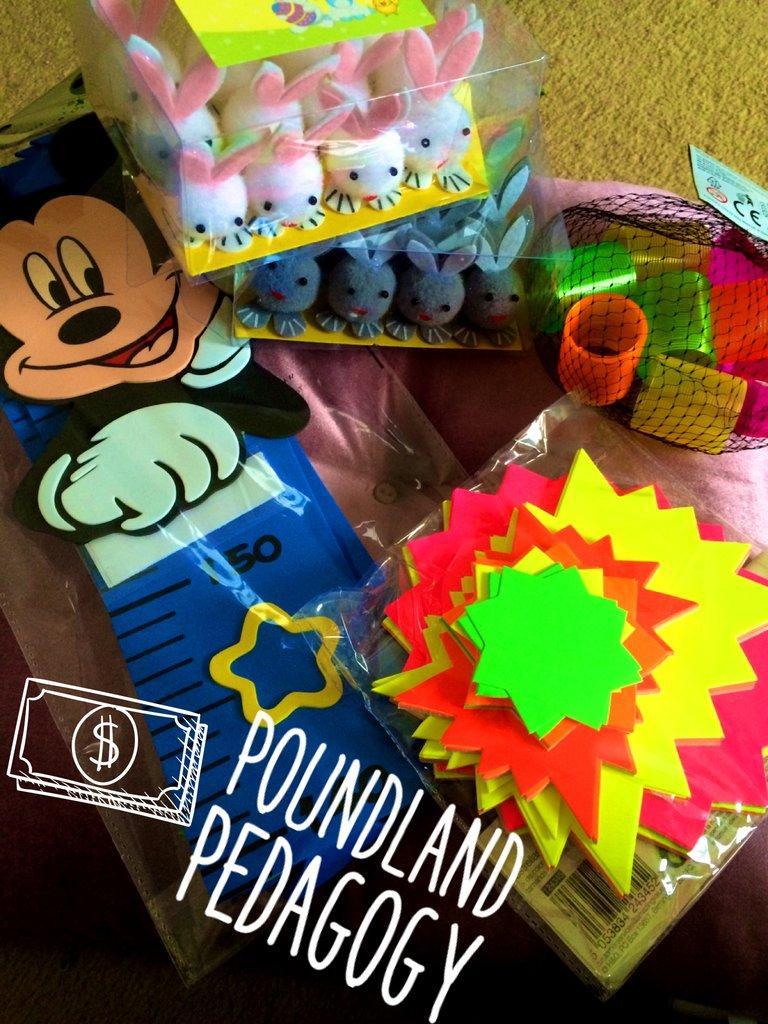
Who needs frogs when you can have bunnies? Poundland pedagogy is something I try to use within my practice to help engage students into the learning. It’s cheap, resourceful and practical. Above all else though students more often than not love the Poundland pedagogy lessons. I hear the cynics in the background bemoaning that this is a fad and a gimmick around the learning. Maybe it is or maybe it isn’t but Poundland pedagogy is a very useful classroom and maths resource. I’ve mentioned a few ideas before in presentations, however I thought it was time to share some of these ideas with fellow teachers on my Miss B's blog.
This half term I managed to get out and about and do some high street shopping. Here the lure of Poundlands bargains tempted me in. I discovered a couple of useful items for this half terms lessons. Some of the fun items I have bought are bright florescent sales stickers ready for teaching fractions and percentages. A cheap mini mouse height measurer to go on my wall. As well as some cardboard pirate cut outs for when we do algebra solving equations and rearranging formula revision, as I always teach it as you are balancing a pirate ship.
My top three maths resources for improving conceptual understanding of maths topics though are:
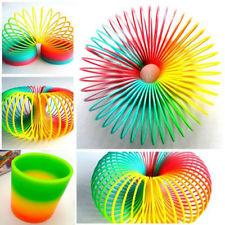 Mini Slinkys
Mini Slinkys
My students often struggle with the basic concept of volume. A slinky is the perfect cheap maths resource to allow the students to hold and see what is actually happening. Now I’m of the opinion a cylinder isn’t a prism but it has many properties similar to a prism, this is an open class debate and discussion we have.
Volume is often taught with you find the cross sectional area and then multiply it by the length. It’s even a formula on the old GSCE formula page but why do we do this? With a miniature slinky the width of the plastic is approximately 1mm allowing the students to investigate fully.
Firstly the students calculate the area of the circle and next they calculate when stretched out how many circles back there are. Totalling up the volume as they go.
Secondly students measure the length and multiply this by the circles area (CSA). This method of introduction allows the students to have a visual and physical memory of what is happening from a simple and cheap Poundland pedagogy maths resource.
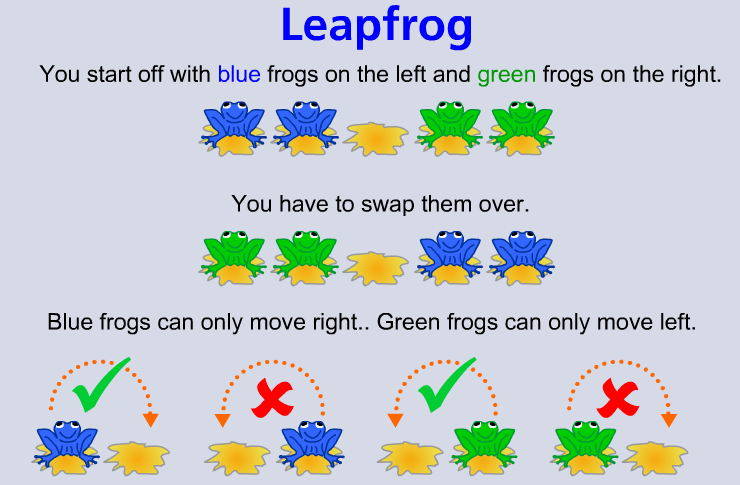 Bunnies
Bunnies
Easter is on its way and bunnies are everywhere or even little chicks. This gave me an idea for the leap frog investigation. Frog’s for students to move around and physically play out the investigation with can be quite expensive. I always introduce the frog investigation with students representing the frogs at the front of the classroom and use chairs to represent the lily pads. However, when it comes to students exploring further themselves we more often than not have to cut up pieces of paper. This is where the bunnies come in, 24 bunnies for £1 is a bargain at pound world. Needing approximately 10 bunnies per group and 8 groups this meant I would need approximately 80 bunnies. So I went ahead and bought 4 packs totalling 96 bunnies and £4 for a lasting resource.
 Bouncy Balls
Bouncy Balls
Bouncy balls are a great math resource to help students conceptually understand what compound interest is. An old SATs question is what encouraged me to explore this method of introducing the concept. I have found students ‘get it’ a lot quicker by giving them visual understanding. When bouncing a bouncy ball it will rarely if not ever bounce back to the same height of where you dropped it from. In fact it approximately halves the height of the bounce every time. Allow the students to investigate the relationship between the bounces number and height before introducing the concept of compound interest.
 I hope you found at least one of these ideas useful. Please comment below if you have any other Poundland pedagogy resources and ideas. It would be great to have a large collection for people to come to. They don’t need to be maths related.
I hope you found at least one of these ideas useful. Please comment below if you have any other Poundland pedagogy resources and ideas. It would be great to have a large collection for people to come to. They don’t need to be maths related.
Tags: Independent Learning, Poundland Pedagogy , Investigation
Comments (1)
-
Guest - Hania
I like the gainful knowledge you give in your articles. I'll bookmark your site and check again here habitually. Thanks for sharing.
0 Like
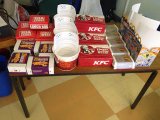

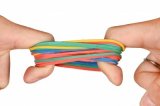




Leave your comments
Login to post a comment
Post comment as a guest